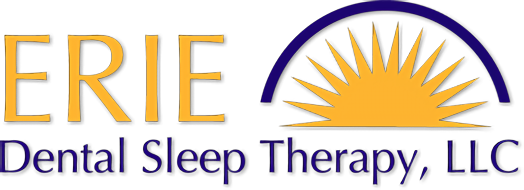
I Wake Up Tired…
Daytime Drowsiness Can Be A Sign of A Bigger Problem
If you dutifully go to bed in time to get a full eight hours’ worth of sleep, you may be mystified at why you’re still dragging when the alarm goes off and well into your morning. Patients with daytime drowsiness should be evaluated to see if sleep apnea is at fault.
With sleep apnea, the patient’s airway becomes blocked when the soft tissues at the back of the throat go slack and cover it up when the patient is in a prone position. The brain alerts you to the altered breathing pattern and rouses you briefly to restore normal breathing. These apneic episodes happen repeatedly throughout the night – as many as 100 times an hour in the most severe cases. It’s no wonder that you have trouble getting rest if your sleep apnea keeps waking you, even if you’re not conscious that it’s happening.


Other Signs and Symptoms of Sleep Apnea
Daytime drowsiness is not the only indicator of sleep apnea. Patients should also monitor for the following symptoms and undergo a sleep study to determine a diagnosis if any of them are present.
- Noticeable pauses in breathing during sleep, typically noticed by a spouse or partner
- Loud snoring
- Frequent headaches or sore throats in the morning
- Mood changes – depression or irritability
- Attention deficits
While these issues detract from your quality of life, there are also a number of physical health concerns that seem to be related to sleep apnea as well, including an increased risk of:
- Stroke
- High blood pressure
- Heart disease
- Obesity
- Type 2 diabetes
- Atrial fibrillation
Sleep Apnea Treatment Can Help You Feel Refreshed and Restored When You Wake
You can take action to reverse the symptoms of sleep apnea and restore your health and your quality of life. Simple, effective treatments can prevent the conditions that contribute to sleep apnea by ensuring that the airway remains open. When evaluating patients for treatment, we prefer to start with more conservative interventions that patients can easily adhere to, such as oral appliance therapy, in which patients wear a mouthguard at night that holds the jaw or tongue forward, keeping the soft tissues away from the airway opening.
Schedule a consultation at our office to see if oral appliance therapy can address your sleep apnea and bring back some energy to your mornings.
